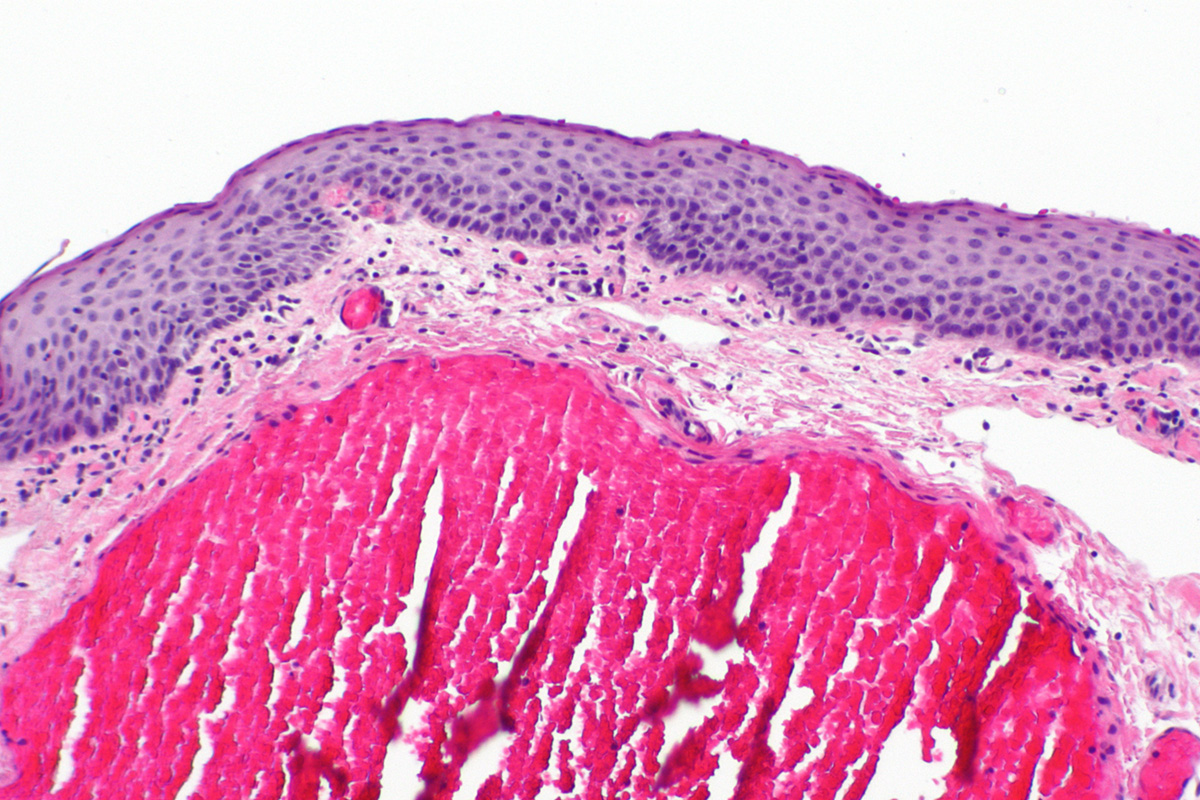
Piles
Anus is the ending of the colon that is lined with three cushions that keep it closed so the fecal matter stays in. Inside, it is lined with mucous that helps feces pass easily. If one of the soft pads slips down, blood vessels inside it become engorged with blood and swollen, possibly inflamed and it becomes a pile or a hemorrhoid.
There are three kinds of piles. The first kind stays inside the anus and does not slip outside, the second kind slips outside or it is prolapsed during bowel movement but it comes back inside, while the third kind gets prolapsed and does not go back by itself.
Symptoms of piles include bleeding, itching, burning, pain, feeling of a lump and possibly soiling of underwear.
Prevention and home treatment
In mild cases, piles can go away without treatment in several days. It helps to keep the area clean at all times, particularly after bowel movement. Toilet paper should be soft and wiping should be gentle and complete. Irritated skin can be soothed with salt water followed by petroleum jelly or nappy rash cream.
Underwear and clothes should be loose, because tight clothes can rib against piles and irritate them.
It is important to avoid constipation because strain during irregular bowel movements can increase the blood supply and engorgement of the blood vessels in piles. A proper diet should consist of lots of fiber and plenty of water.
There are hemorrhoid creams and ointments available over-the-counter in most pharmacies and drugstores. They do not cure a pile but they relieve the discomfort until it goes away on its own.
Medical treatment
If piles persist or cause significant discomfort, it is recommended to see a doctor. He or she will inspect the anus, possibly with a small instrument called proctoscope.
The treatment for severe cases may consist in banding or phenol injections. These usually do not require an anesthetic and are done very quickly. Stretching o anal dilatation was once a very popular method of hemorrhoid treatment but today it is rarely used.
Surgery is an option for some severe cases that are not very common. There are several surgical procedures, the most common being the removal of the spongy pad that forms a pile.
Stapling is a relatively new and popular procedure in which a small strip of the anus lining is cut off and the edges are stapled together. This procedure has shorter period of recovery than others.
Another increasingly popular method is using the ultrasound to identify the arteries that are bleeding into a pile, which are then closed with stitches.


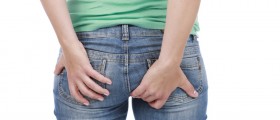
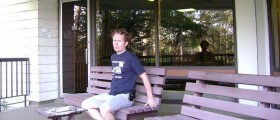

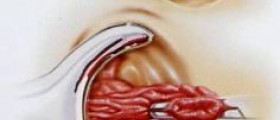
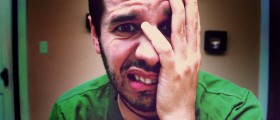
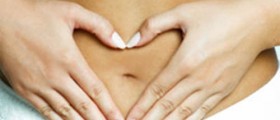


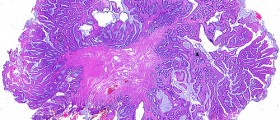




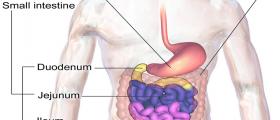

Your thoughts on this
Loading...